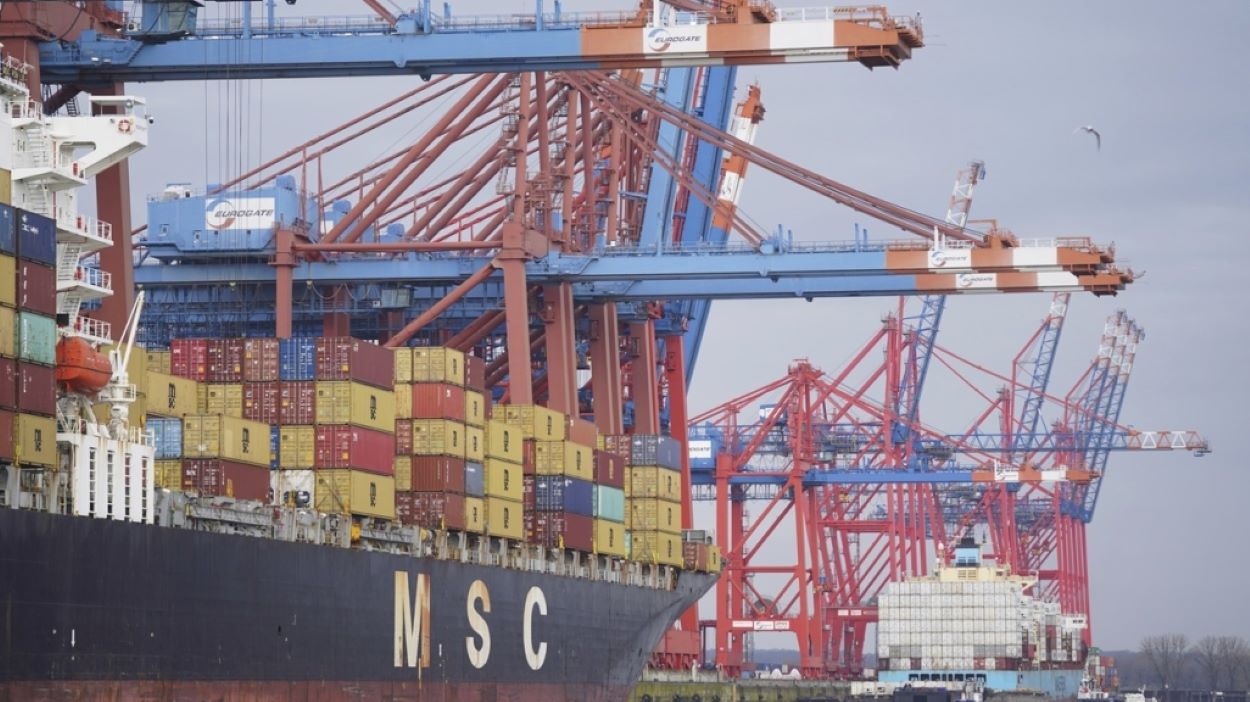The Asia-Latin America Axis: Cooperation or Competition?
The Asia-Latin America Axis: Cooperation or Competition?
By
Ryan Berger
What is the future of Asian-Latin American economic ties? An Asia Society panel, in partnership with AS/COA, explored the regions’ links.
Opening Remarks:
- Dan Silber, Managing Director and Deputy Head of Global Markets, HSBC, The Americas
Speakers:
- Ann Lee, Senior Fellow, Demos
- Shelly Shetty, Senior Director and Head of Latin America Sovereigns, Fitch Ratings
- Christopher Sabatini, Senior Director of Policy, AS/COA (Moderator)
Summary
Latin America and Asia’s economic relationship has long been one between supplier and producer. Natural resources—such as rubber from Brazil and minerals from Peru—flowed to Asian countries, especially China, where they helped fuel the manufacturing boom. Open trade has deepened this division of labor over the past 15 years, but the recent global economic crisis and increasingly competitive Latin American economic growth rates relative to Asian nations may change this. With Latin American industries poised to edge out Asian imports, and the ongoing possibility of political tensions resulting from campaigns for permanent Security Council seats for Brazil, India, Japan, and others, will the two regions' legacy of economic symbiosis endure, or will we witness the formation of more isolated East-West economies? The Asia Society, in partnership with Americas Society/Council of the Americas, hosted a public panel discussion on cooperation and competition between Asia and Latin America at its New York headquarters.
Southern Silk Road
Dan Silber of HSBC opened the event by explaining the rapidly growing trade flows between China and Latin America and the Caribbean (LAC), which increased from about $68 billion in 2006 to over $180 billion in 2010. Silber pointed out that the explosive growth is part of a larger pattern in commerce within the global south, citing a June 2011 report from HSBC chief economist Stephen King. In the report, The Southern Silk Road: Turbocharging ‘South-South’ Economic Growth, King notes that “trade and capital flows between emerging areas of the world could increase tenfold in the next forty years.”
Christopher Sabatini of AS/COA highlighted the wealth of natural resources and raw materials that Latin American economies are supplying to China, drawing from an interactive charticle in the Winter 2012 issue of Americas Quarterly. For example, 88 percent of Argentina’s exports to China are raw materials, while that quantity is 97 percent for Venezuela’s exports—mostly petroleum and petroleum-based products—and 86 percent and 75 percent for Chile and Brazil, respectively.
However, Shelly Shetty of Fitch Ratings noted that not all Latin American countries with commodity windfalls have had a wholly positive outlook. As Brazil’s robust growth and high external accounts have led to fiscal deficits, oil-rich Venezuela is witnessing a 30 percent inflation rate. Argentina’s rising soy prices have meant higher terms of trade—more capital accumulated from exports—with commercial partners in Asia than in the past.
China’s Financial Trajectory in Latin America
Sabatini noted that China’s lending to Latin America last year—roughly $75 billion—outpaced commitments from the U.S. Export-Import Bank, the Inter-American Development Bank, the International Monetary Fund, and the World Bank combined. Chinese development assistance comes with fewer stipulations, if any, than that from Western institutions. However, the terms of such agreements are often not made public, as in the case of Venezuela, or they are not itemized. As a result, the public may not know the identity of the final recipient of assistance. Shetty added that the absence of transparency and lack of accountability in these regards are factored in when issuing stability ratings.
“China doesn’t want to dictate to countries how to spend their money” observed Ann Lee of Demos. She added that the Chinese boom has created new sources of funding, permitting loan recipients not to “take the Washington Consensus medicine as they were prescribed.”
Lee, the author of What the U.S. Can Learn from China, said the U.S. government and other Western institutions view China’s trajectory and overall global strategy with undue suspicion. The series of five-year plans outlined by the Communist Party are not a Mao-style fiat, said Lee, but rather a “goal-setting exercise” which the Chinese leadership uses to develop carrot-and-stick policies such as tax incentives to guide implementation. (China is currently in the midst of its twelfth five-year plan approved in March 2011, which centers on addressing rising income inequality, uneven wealth distribution, and poor social infrastructure.) Lee suggested that LAC countries take advantage of their windfalls and institutionalize this Chinese model of state capitalism as a tool for socioeconomic investment in their populations.
Last, Lee noted that Chinese technocrats want to engineer a soft landing for the economy to prevent an abrupt slowdown, and will gradually pivot to a consumer market. In turn, this will adversely affect Latin American economies that have become more dependent on exports to China. “It’s like steering the Titanic,” Lee said of the Chinese economy. Shetty pointed to a report released by Fitch this month entitled China and Latin America’s Creditworthiness, which argues that China’s rise has provided mixed benefits for Latin America. While increased trade flows, bilateral foreign direct investment, and commodity-backed loans have been positive for some countries, “China’s ascent has not had positive spill-overs for commodity importers and manufacturing producers in the region,” the report found.
Venturing Beyond China
An audience member asked the panelists to share some insight on Latin America’s projected economic and strategic relationships with Japan, South Korea, Singapore and India. Lee noted that Japan began reaching out to Latin America well before China did, pointing to increased migration in the early twentieth century and the large Latin American population of Japanese descent. According to Japan’s foreign ministry, Japanese exports to Latin America totaled roughly $19.7 billion in 1995. That China reached this amount in 2004 demonstrates that it is beginning to copy Japan’s model, Lee said.
As for India, Shetty noted that the country’s niche is in services, whereas China dominates the manufacturing sector. The extent of India’s trade relationship with Latin America will therefore depend on human capital.
Sabatini underscored the Trans-Pacific Partnership (TPP), a multilateral free-trade agreement originally between Brunei, Chile, New Zealand, and Singapore. China is not a signatory, while the United States is formally negotiating membership to the TPP along with Australia, Malaysia, Peru, and Vietnam. Canada and Mexico have expressed interest in joining. If all accede, this trans-oceanic trade zone would cover 50 percent of the world’s GDP and would deepen the Americas’ commercial relationship with Asian countries outside of China.







